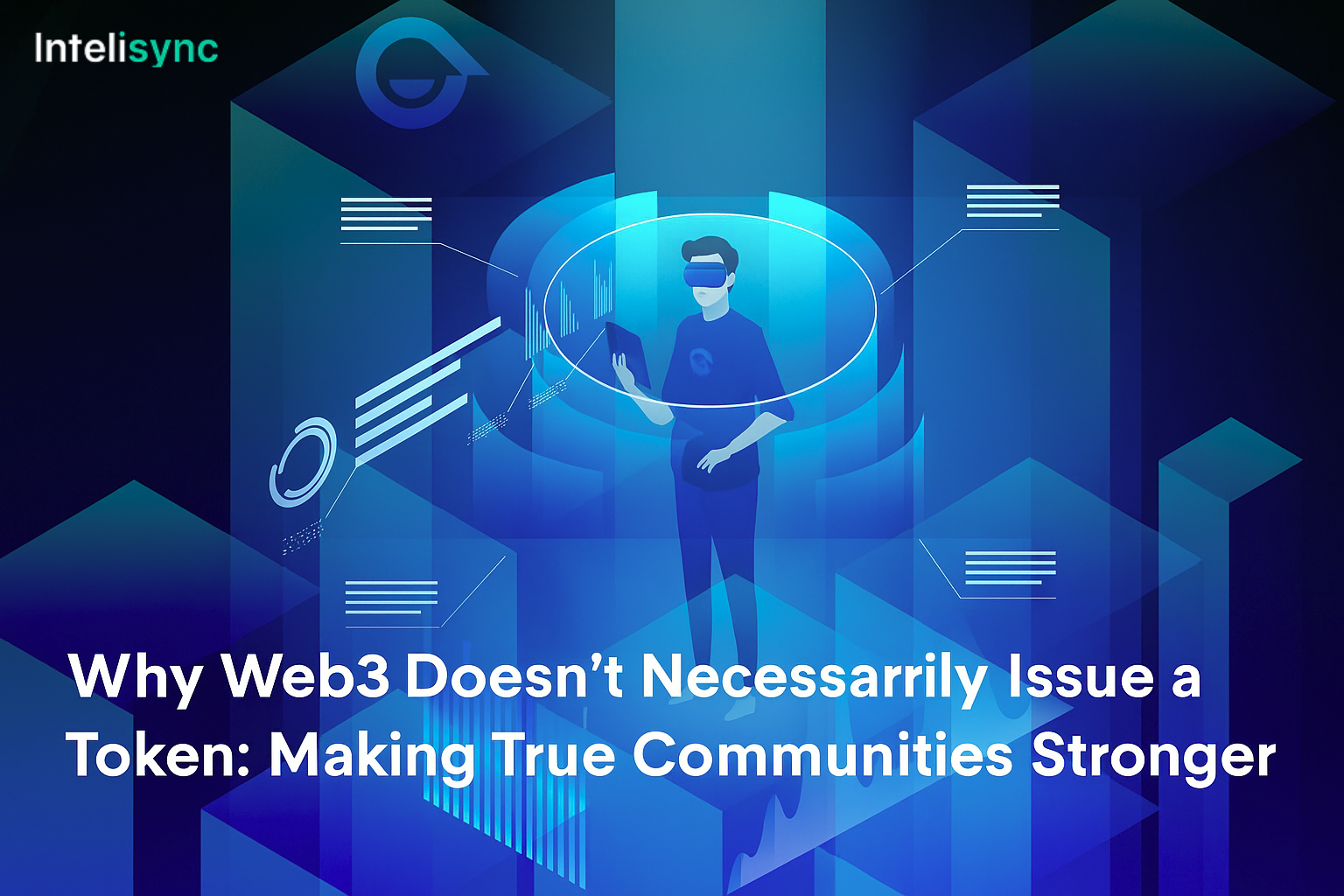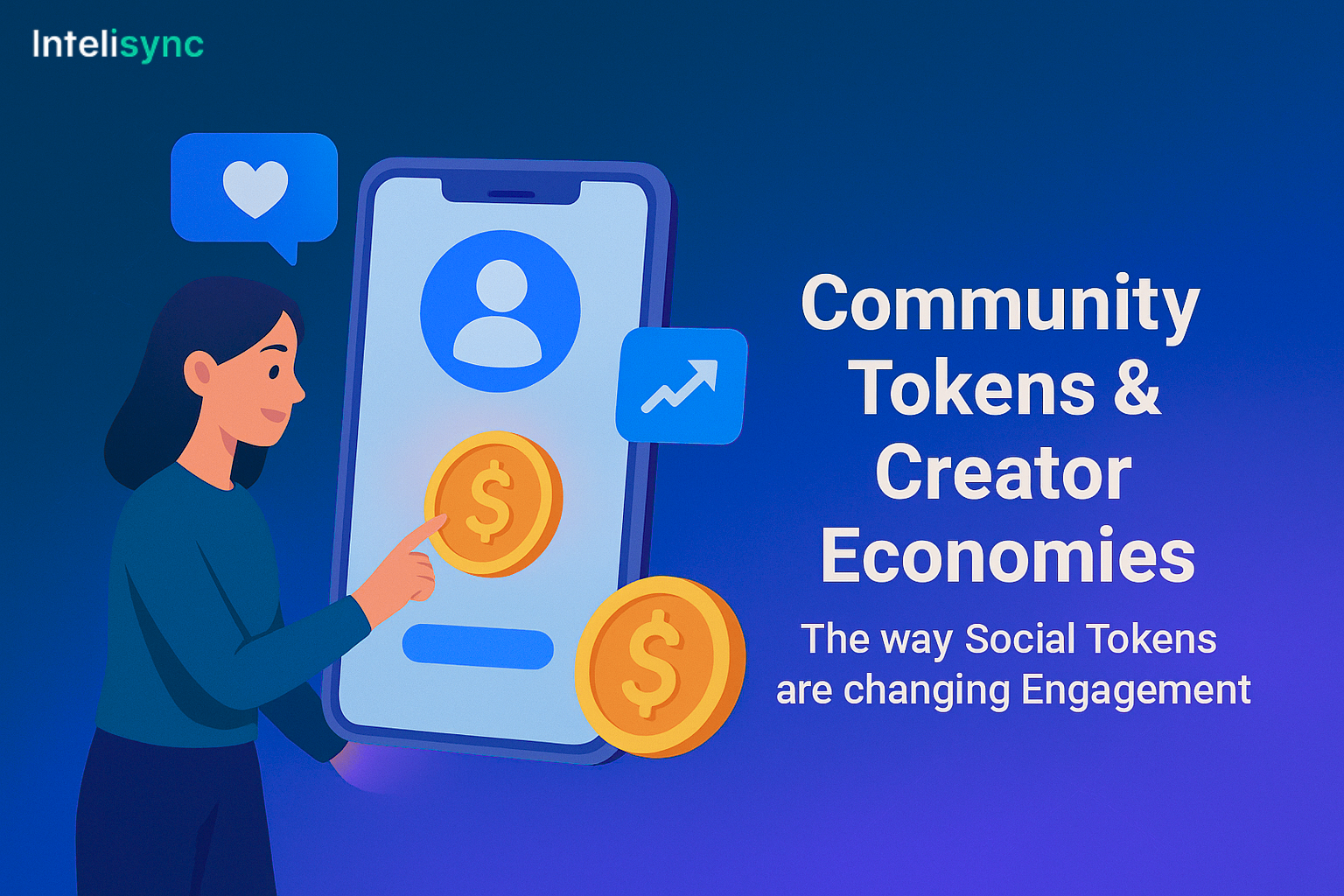Introduction: The Shift Toward PayFi
The payments world is undergoing a seismic shift. For centuries, traditional finance has ruled transactions with an iron fist, but crypto and the introduction of blockchain technology is ushering in a new age that is filled with speed, transparency, and inclusivity. A new waveEnter PayFi – the next generation of FinTech bringing benefits of decentralized finance (DeFi) to real-world payments.
By 2025 and beyond, PayFi is poised to change the way business-as-usual is done in which people and businesses transact between fiat, digital asset and decentralized applications. This blog examines what PayFi is, why it’s significant and how it will impact the future for crypto payments.
What is PayFi?
Well, PayFi (Payment Finance) is a new breed of financial systems built to ensure frictionless, world-class crypto payments. Compared to previous crypto payment solutions that usually were based on cumbersome wallets or restrictive gateways, PayFi combines:
- Multi-chain – payments should have no borders between networks; Ethereum, Solana, Polygon/fr0.6KatiWgU and beyond offer a way to secure payments.
- Fiat on-ramps/off ramps – seamless switching between crypto and real money.
- Programmable payments – smart contracts allow you to automate everything from recurring billing to subscription management and even settlements.
- DeFi liquidity integration – guaranteeing transactions are converted immediately with less fees.
Basically, PayFi wants to make crypto payments feel and behave just like swiping a credit card — but with the feature of decentralization.
The traditional Payments as a Problem statement approach has its own problems
Traditional payment rails, such as Visa and SWIFT, have driven global commerce for decades, but they are not without their drawbacks:
- High fees for cross-border transfers.
- Settlement times are slow, taking days for an international transaction.
- Access restricted to global unbanked (1.4bn people).
- Harsh centralization one that leaves user susceptible to censorship, fraud and systemic risk.
PayFi solves these problems through the use of trustless, decentralized and borderless payment networks.
PayFi vs. Traditional Crypto Payments
Early crypto payments (such as Bitcoin transfers) demonstrated the potential of peer-to-peer money, but were typically slow and expensive and failed to provide an easy on-ramp for mainstream users. PayFi modifies this model to include:
- Instant finality with Layer 2 rollups & cross-chain bridges.
- Reduced fees thanks to efficient scaling solutions.
- Improved UX through user-friendly wallets and built-in compliance.
- Tokenization with real-world finance so any retailer can accept crypto without volatility.
In other words, PayFi takes crypto payments out of the niche experiment world and into the broader financial system.
Core Features of PayFi
Programmable Money
Smart Contracts in a PayFi system also enable conditional payments like, but not limited to:
- Recurring subscription models.
- Automated loan repayments.
- Escrow and milestone-based settlements.
Interoperability
PayFi services link up different chains, so there is no reliance on a single blockchain for payments. Users can send USDC from Ethereum and settle in Solana, all in real time.
Regulatory Compliance
Unlike earlier DeFi iterations that egregiously snubbed KYC/AML, PayFi has baked-in compliance — meaning businesses can work across dozens of countries without regulatory barriers.
Fiat-Crypto Hybrid Systems
Traders and consumers can pay in crypto yet still settle in fiat, thus eliminating volatility risk.
Integration with Web3 Ecosystem
PayFi doesn’t restrict itself to payments it integrates with NFT marketplaces, gaming economies and metaverse platforms, fueling the next iteration of digital commerce.
PayFi’s Role in DeFi & Web3
PayFi is the payment rail of the Web3 economy. Here’s how:
- NFTs & Metaverse: Paying for digital assets and in game economies.
- DAOs: Open treasury management and payrolls that automatically execute themselves.
- DeFi Protocols: Settle collateral fast and tap liquidity quickly.
- Remittances: Borderless, low-cost international transfers.
Combined with Web3, PayFi turns payments from a financial function into an online way of life.
Security in PayFi Systems
For mass adoption, payments need to be trusted. PayFi integrates:
- Zero-knowledge proofs (ZKPs) for privacy preserving payments.
- Multi-signature wallet age for protection from unauthorized access.
- Innovative security of smart contracts for vulnerabilities.
- Insurance mechanisms for protection against hacks and attacks.
Security is not a feature, it’s the foundation of PayFi.
PayFi and The Future of Cross-Border Payments
Cross-border transfers currently cost an average of 6.2% per transaction and take days to clear. With PayFi:
- Costs drop below 1%.
- Settlement becomes instant.
- Mobile wallets open up to billions underbanked.
This would place PayFi as the future of global remittance and trade settlement.
Intelisync’s Role in PayFi Innovation
Leading this payment revolution is Intelisync that comes to the web 3 development and marketing scene with their next-gen financial infrastructures. Intelisync helps businesses:
- Debate PayFi’s specializations: venture out to industry specific custom PayFi versions.
- Implement cross chain bridges for friction-less transactions.
- Build crypto wallets with identity capabilities to adhere to regulations.
- Build the crypto payment gateway for online merchants and allow them to accept the cryptocurrency payments globally.
With a mix of tech familiarity and blockchain strategy, we’re here to make sure crypto payments aren’t just an option for companies but a genuinely constructive part of the PayFi system.
Challenges Ahead for PayFi
PayFi does, however, have to address if it’s to deliver on its potential:
- Regulatory clarity – governments have to decide where PayFi systems fit into the financial ecosystem.
- Scaling bottlenecks – even with Layer 2, a network still needs to be able to sustain thousands of processing transactions per second (processing billions of transactions daily).
- User education – for mass adoption see “(1) User interfaces should be intuitive” above.
- Liquidity management – to secure a substantial flow of converting fiat/cryptocurrency.
These will be the companies to rule the PayFi ecosystem.
PayFi Future: What to Expect in 2025?
Mainstream Adoption
PayFi will be used as a default payment rail by big companies, e-commerce majors and fintech apps.
Emergence of Central Bank Digital Currencies(CBDCs)
PayFi will serve as a crosswalk between decentralized tokens and government-backed digital currencies.
AI-Driven Payments
Routing will become smarter with artificial intelligence that will cut down on fraud and personalize your financial experiences.
Embedded Finance in Web3
PayFi will be the payment layer for any type of dApp, gaming. Or real estate tokenization etc.
Conclusion
PayFi’s emergence is the next great leap in fintech. By combining crypto payments, DeFi liquidity and real-world use-case applications, Pay-Fi transcends the boundaries of classical finance and early generation cryptocurrencies.
With visionaries such as Intelisync at the helm, PayFi will serve as a catalyst for borderless commerce, Dapps and everyday transactions.
The future of money is more than just decentralized it’s PayFi making crypto payments easy, secure, and globally available.







